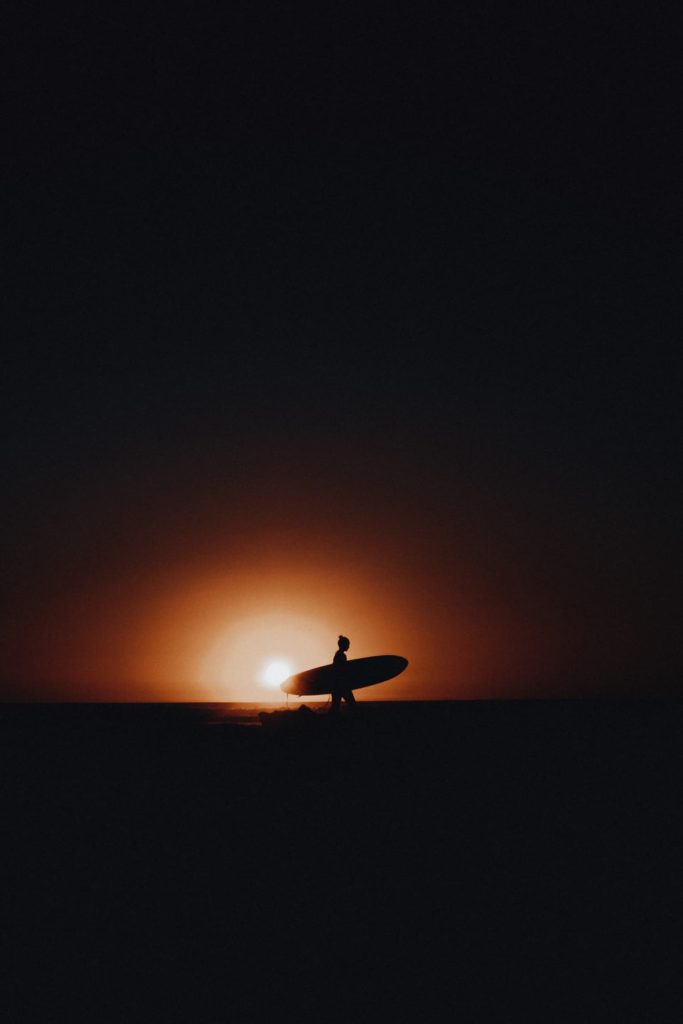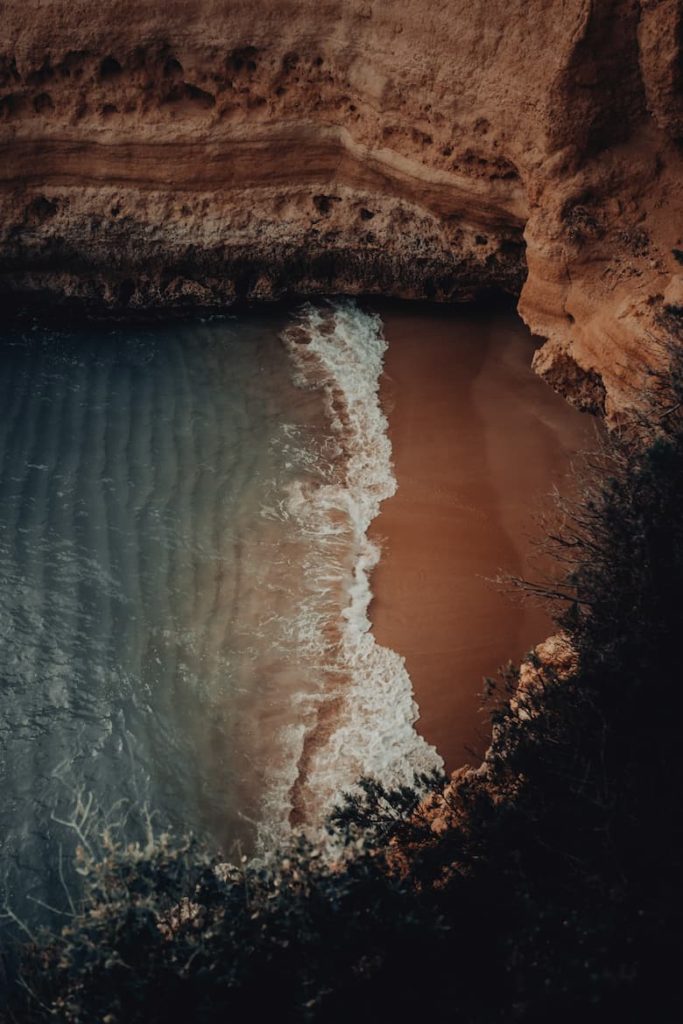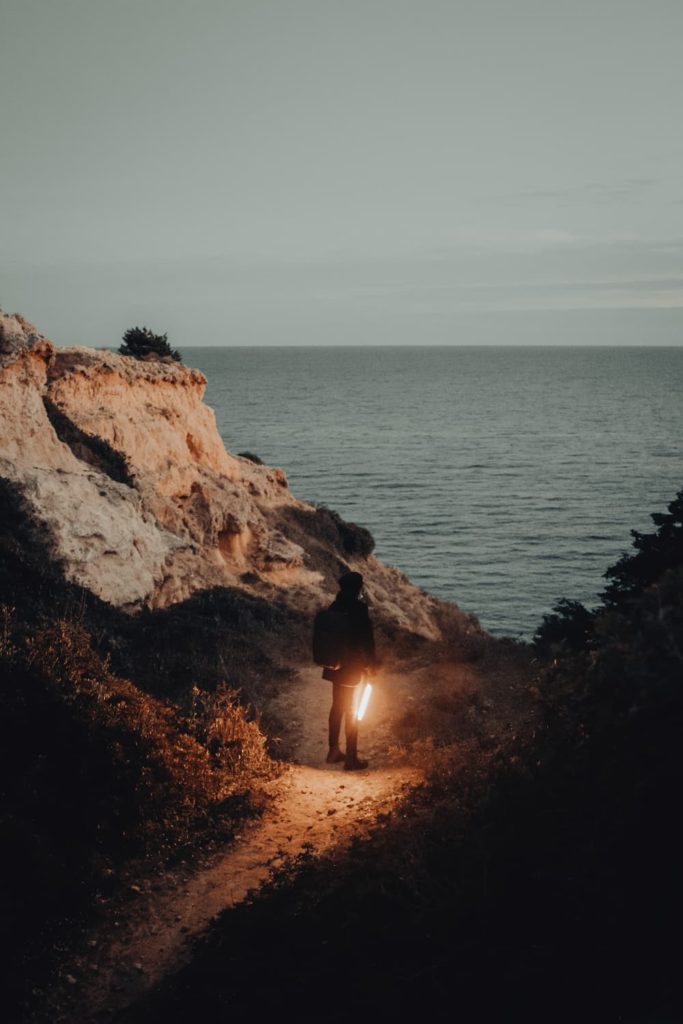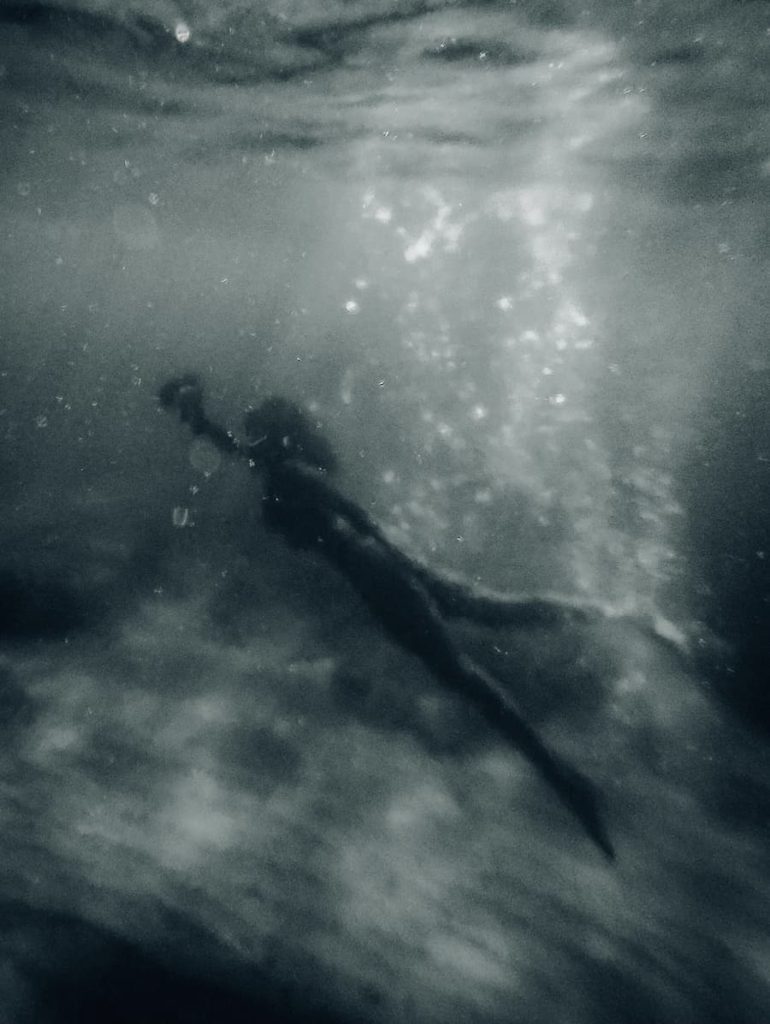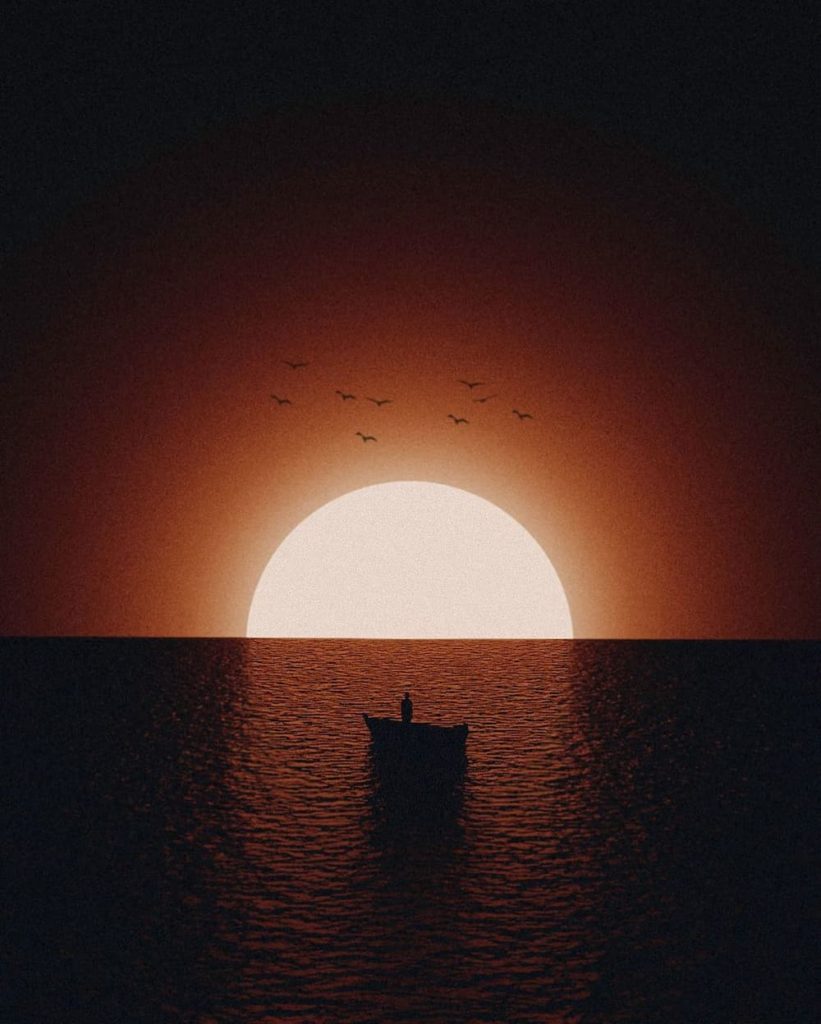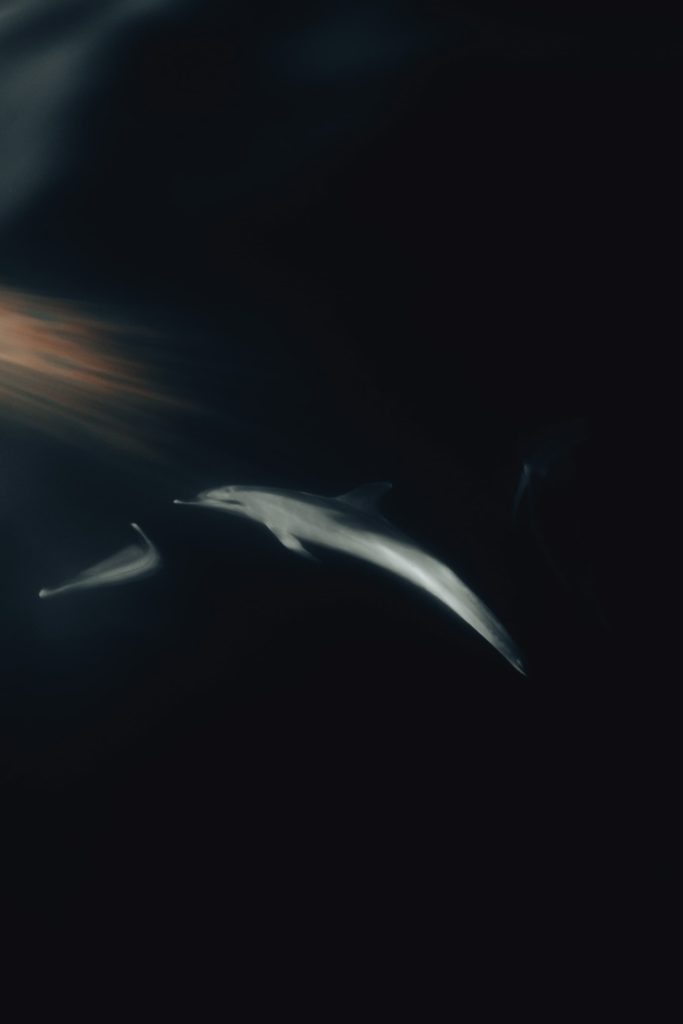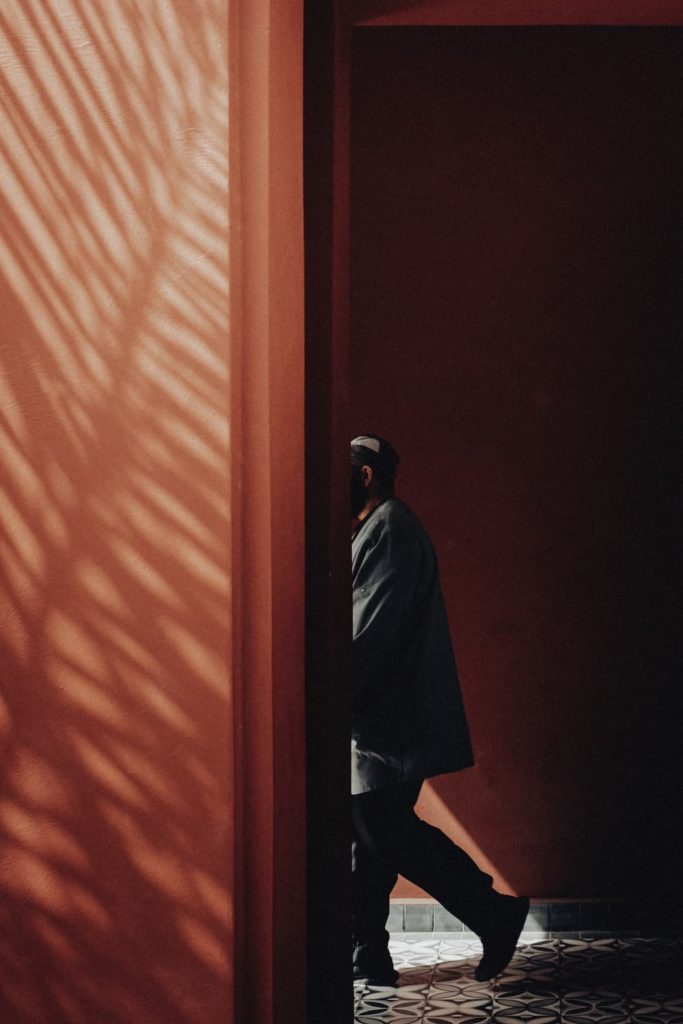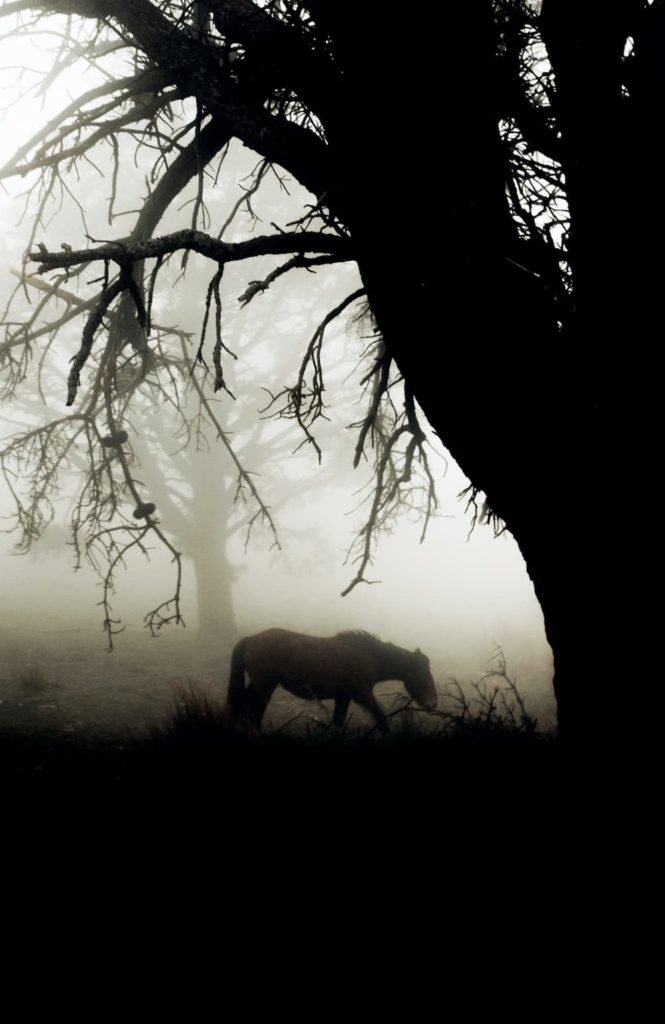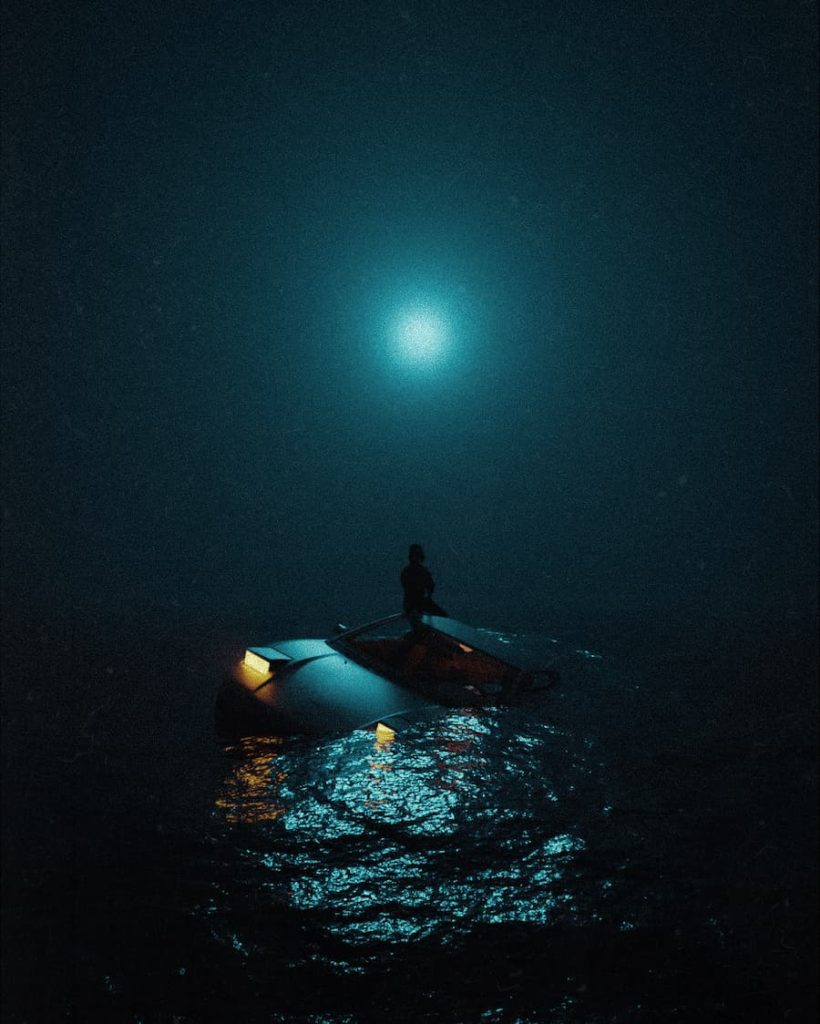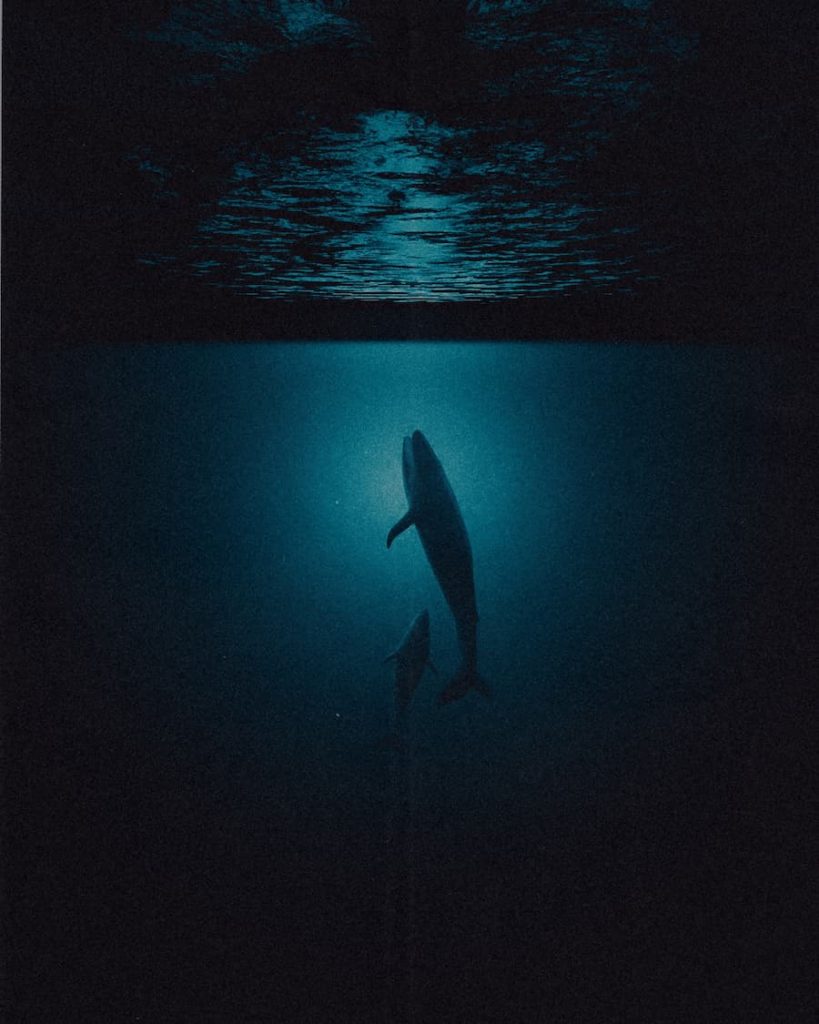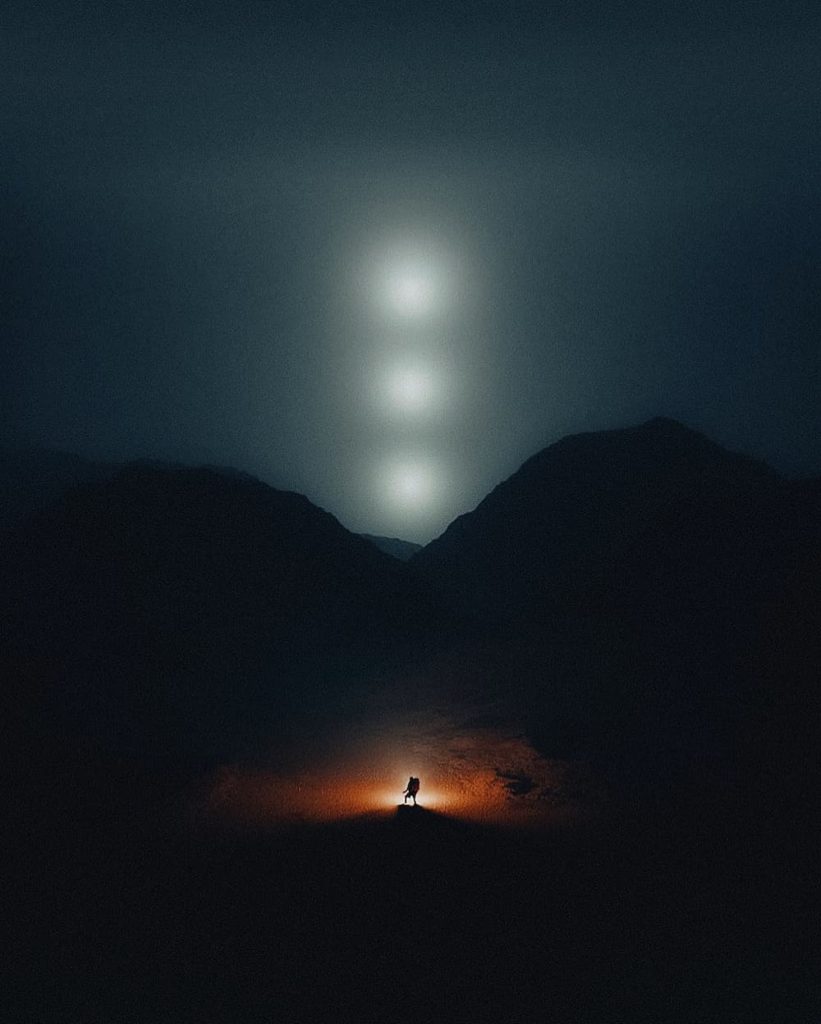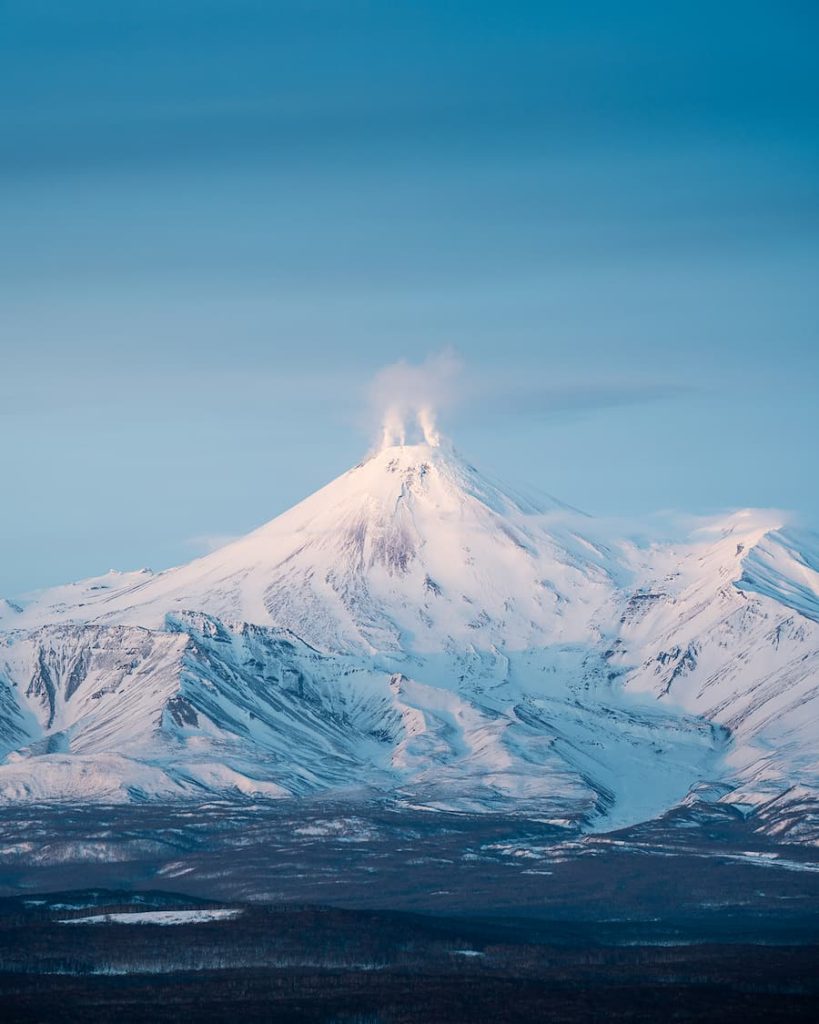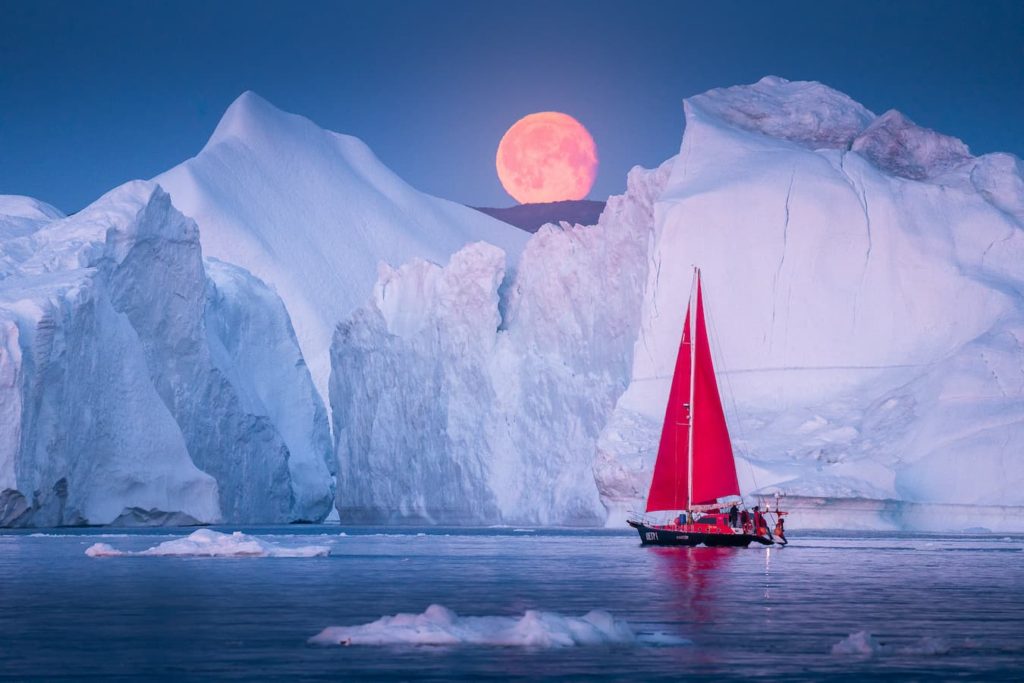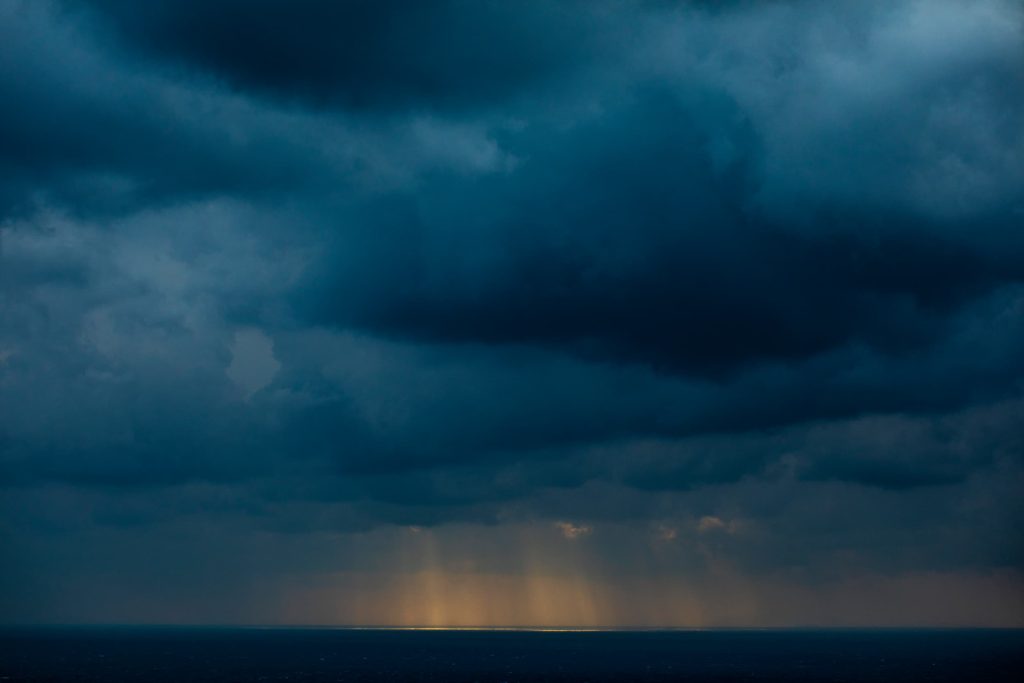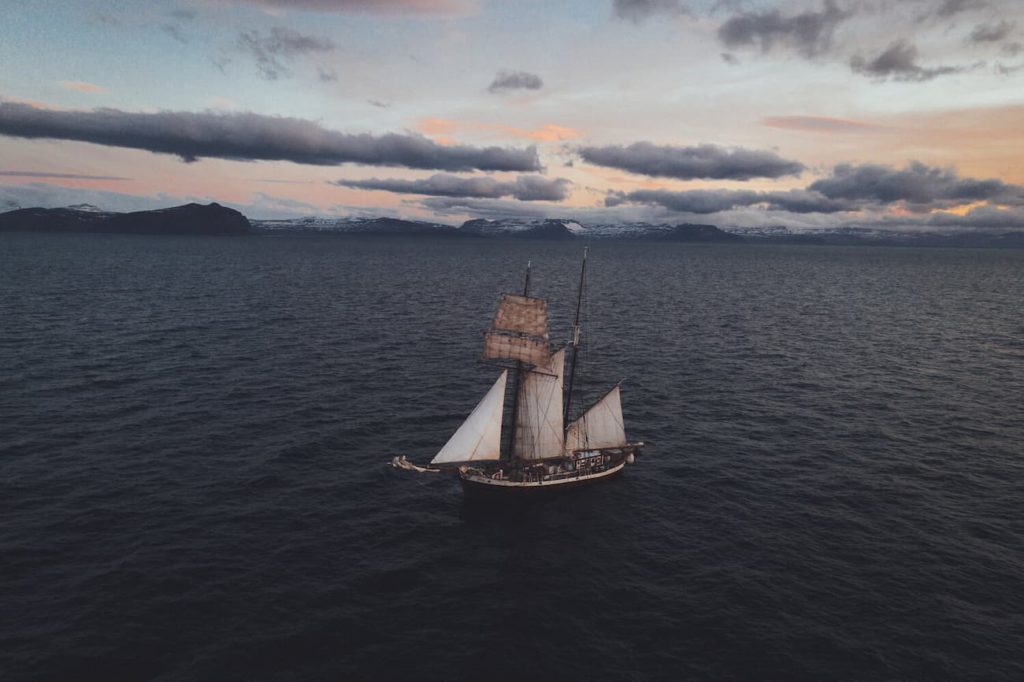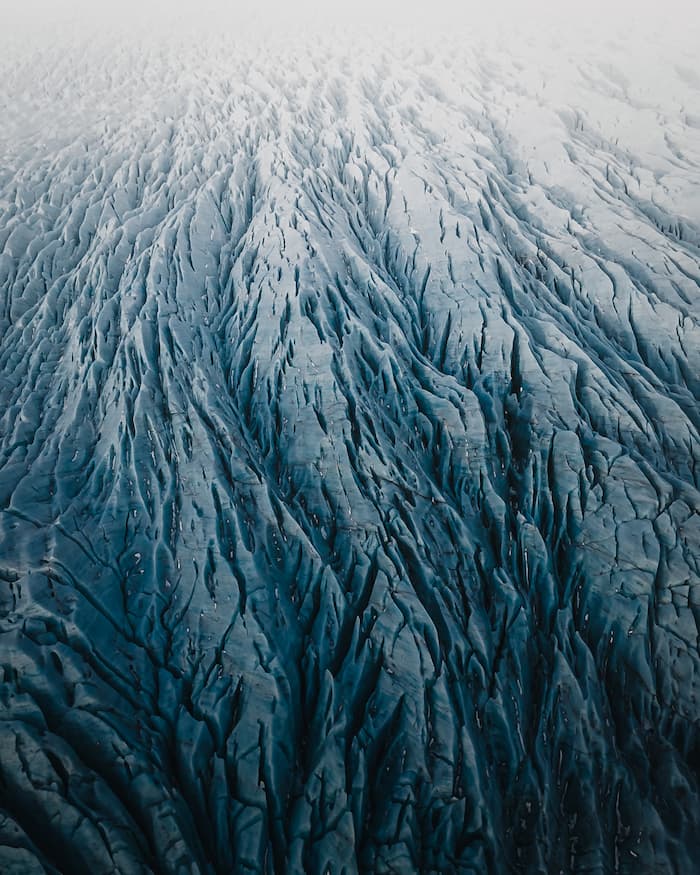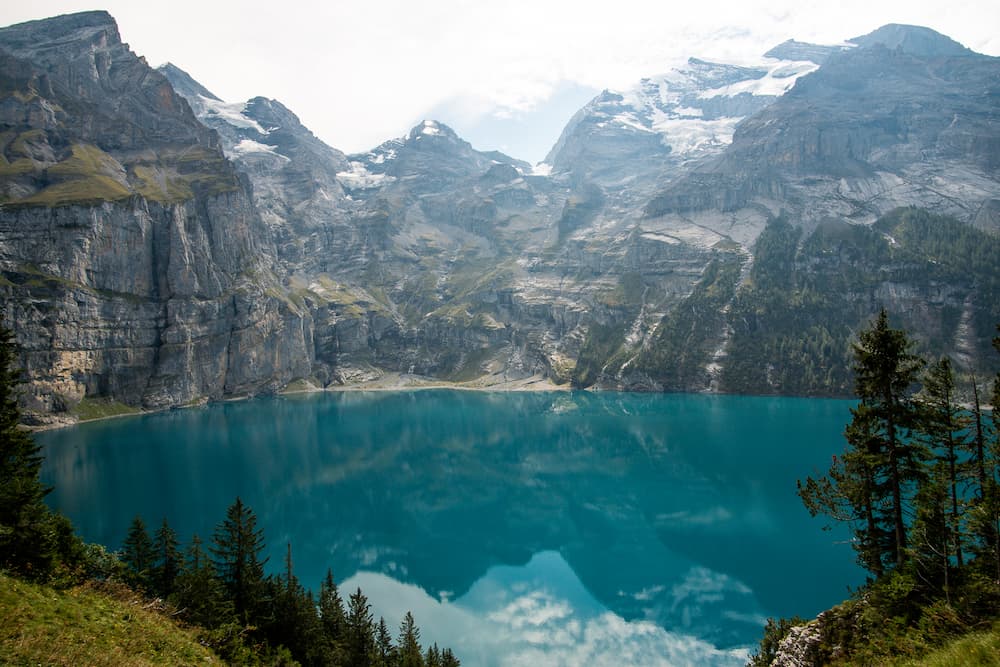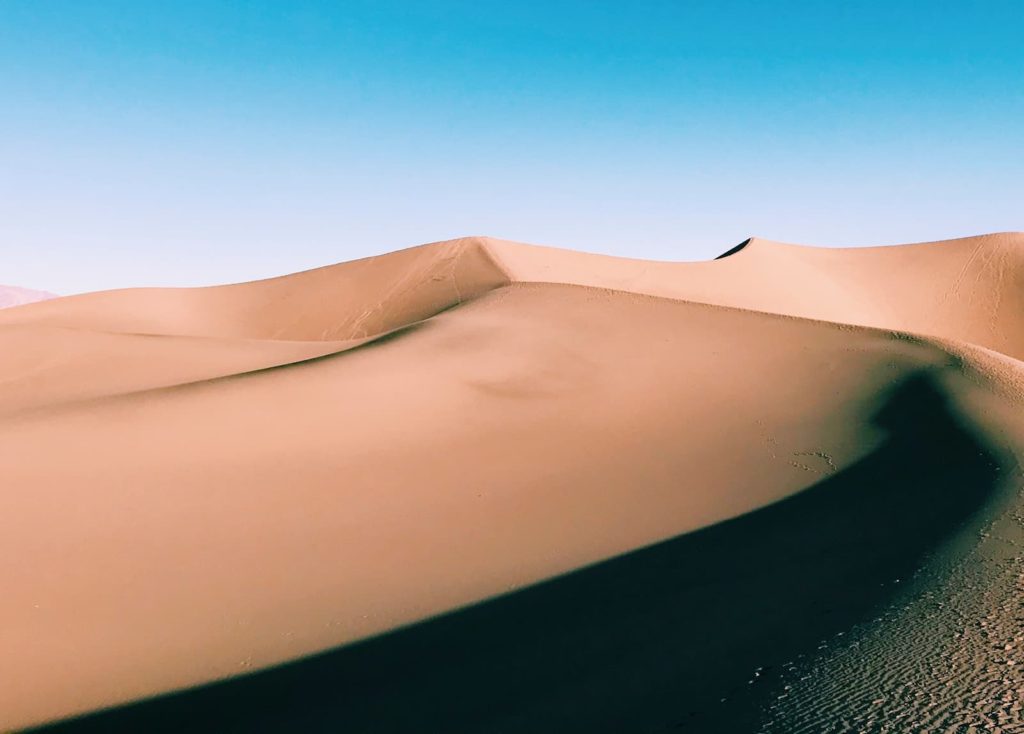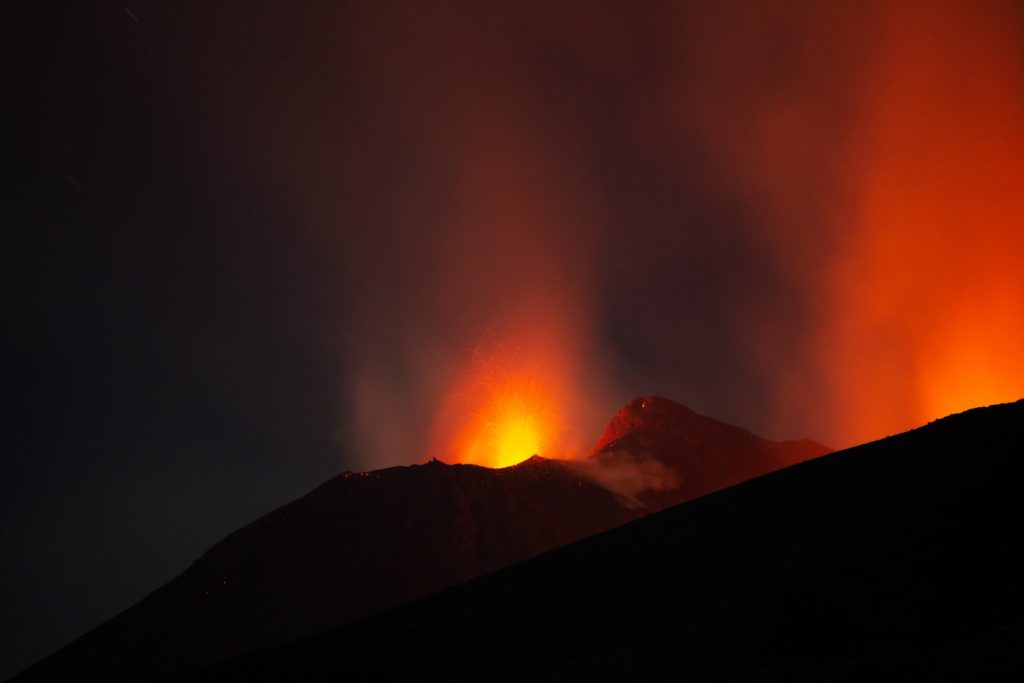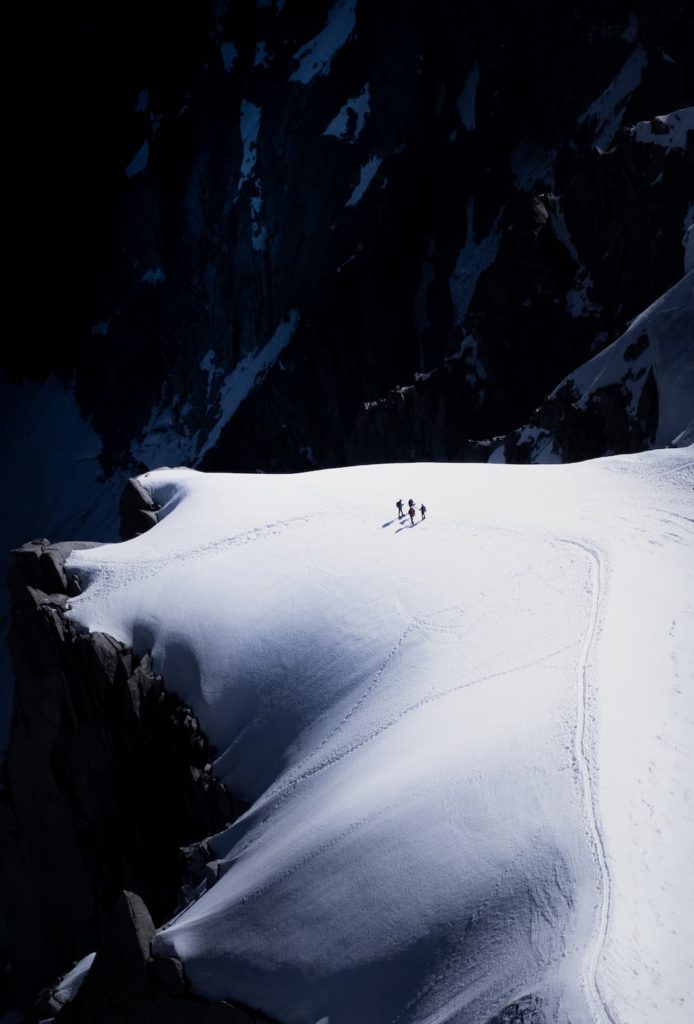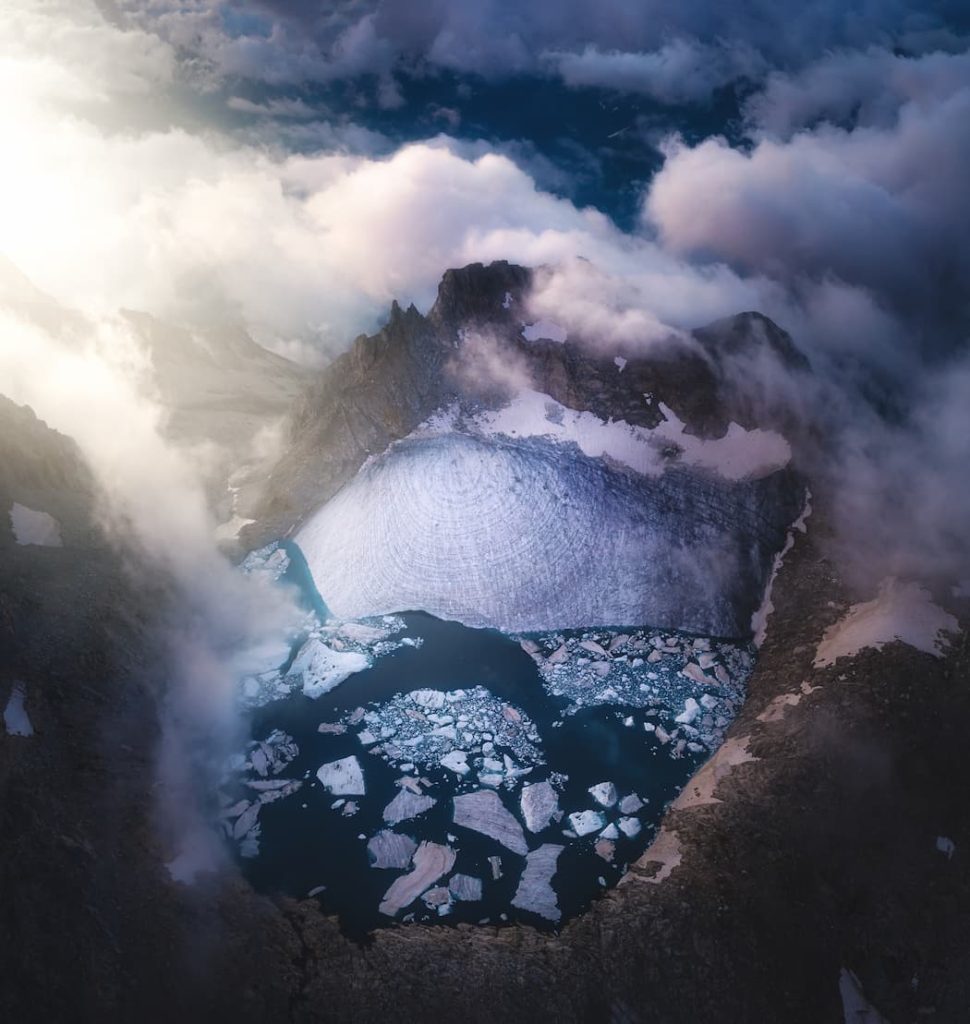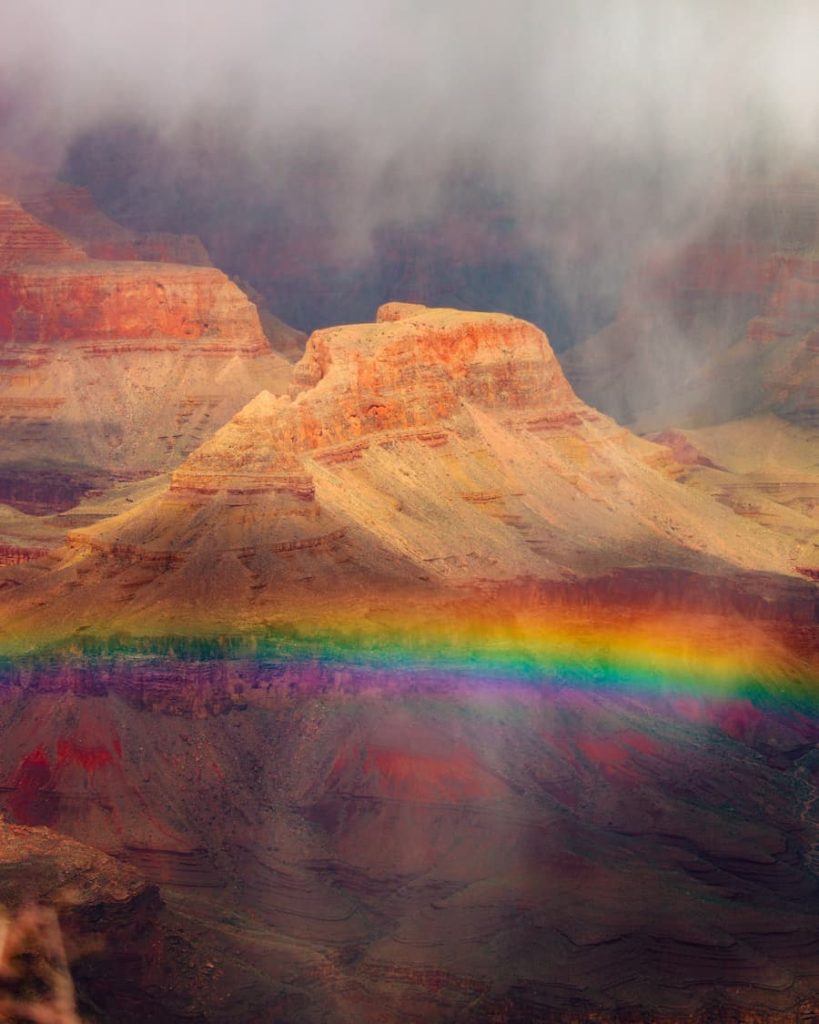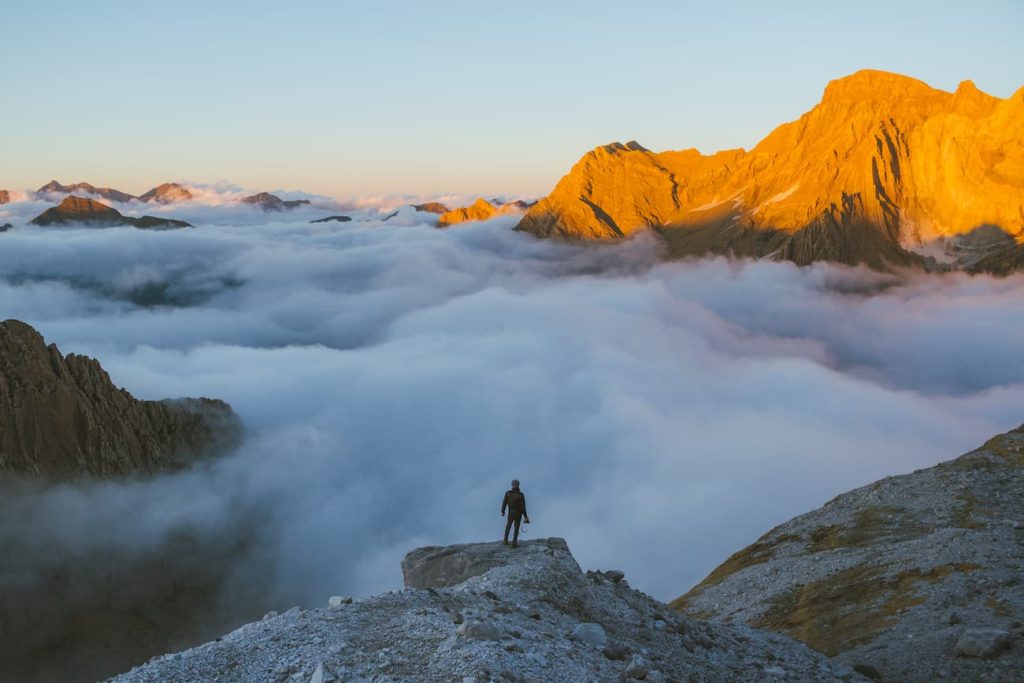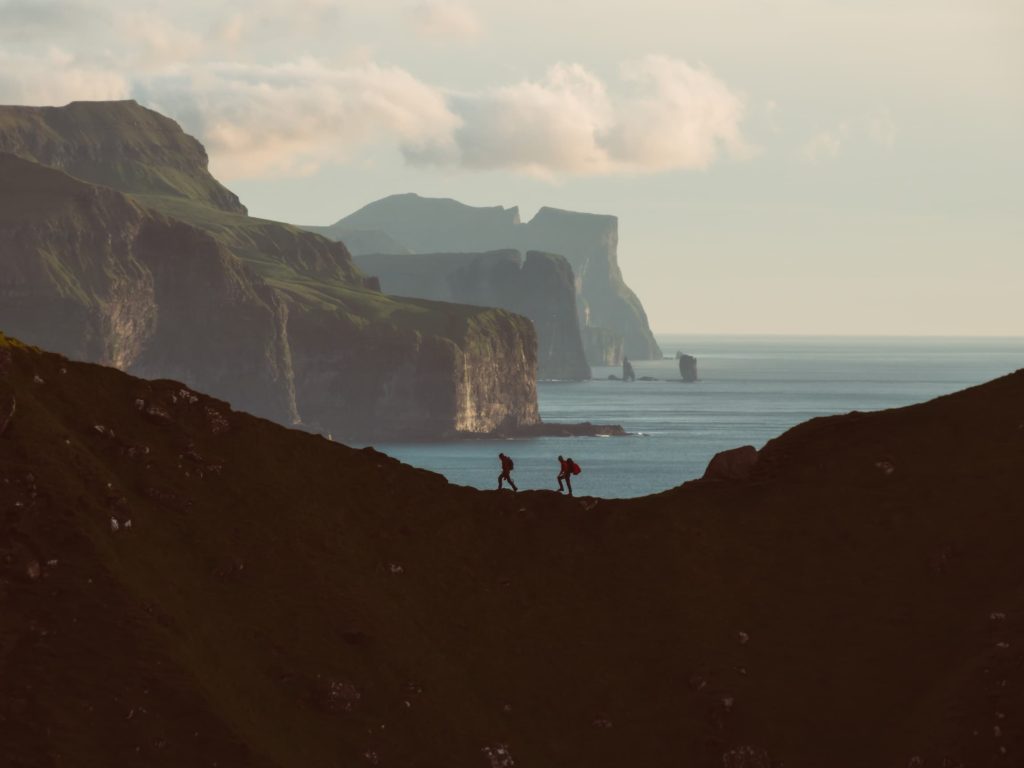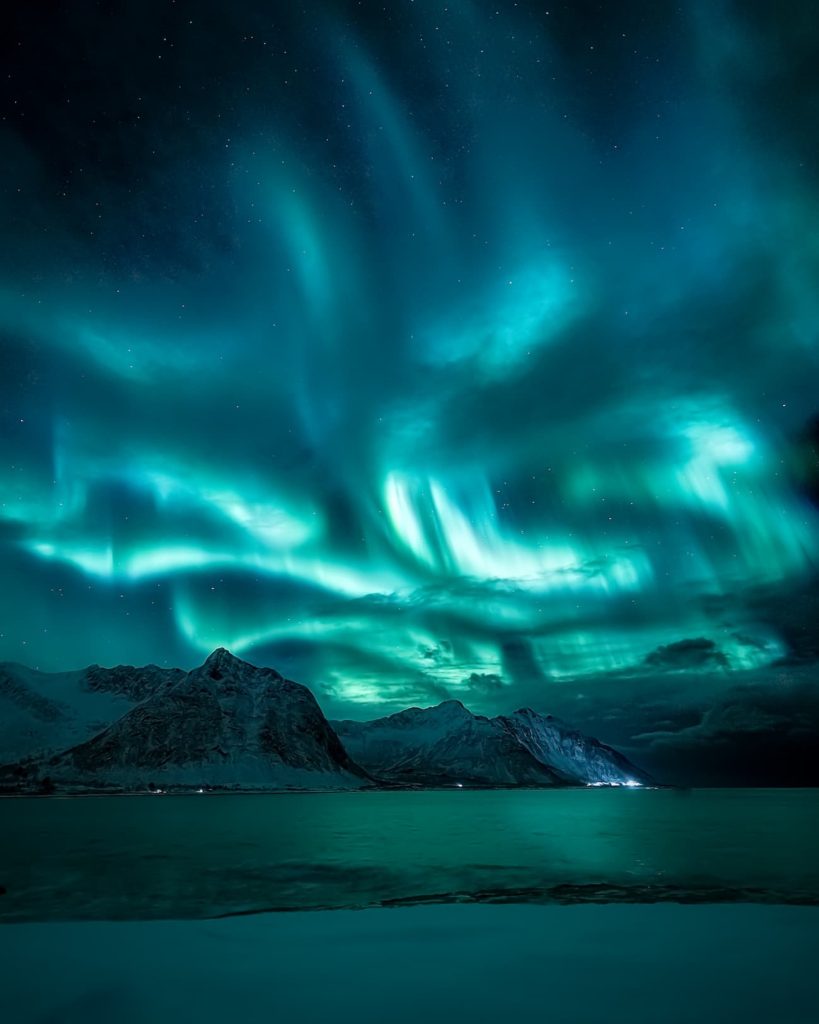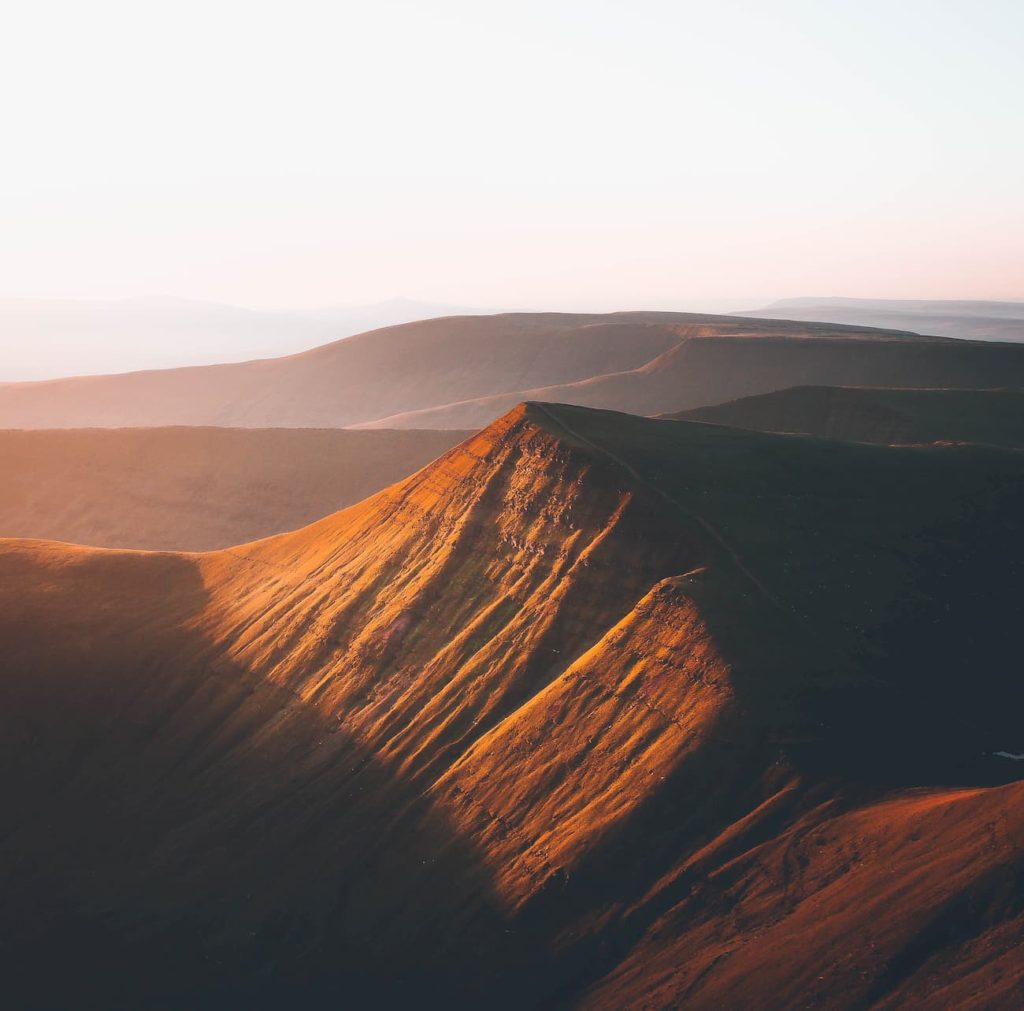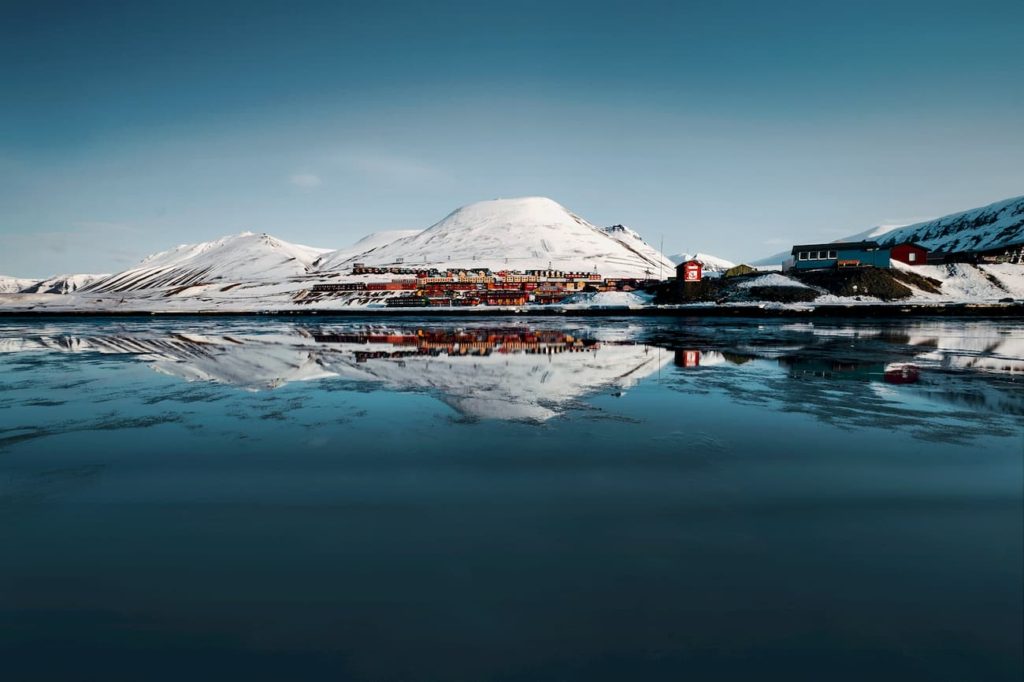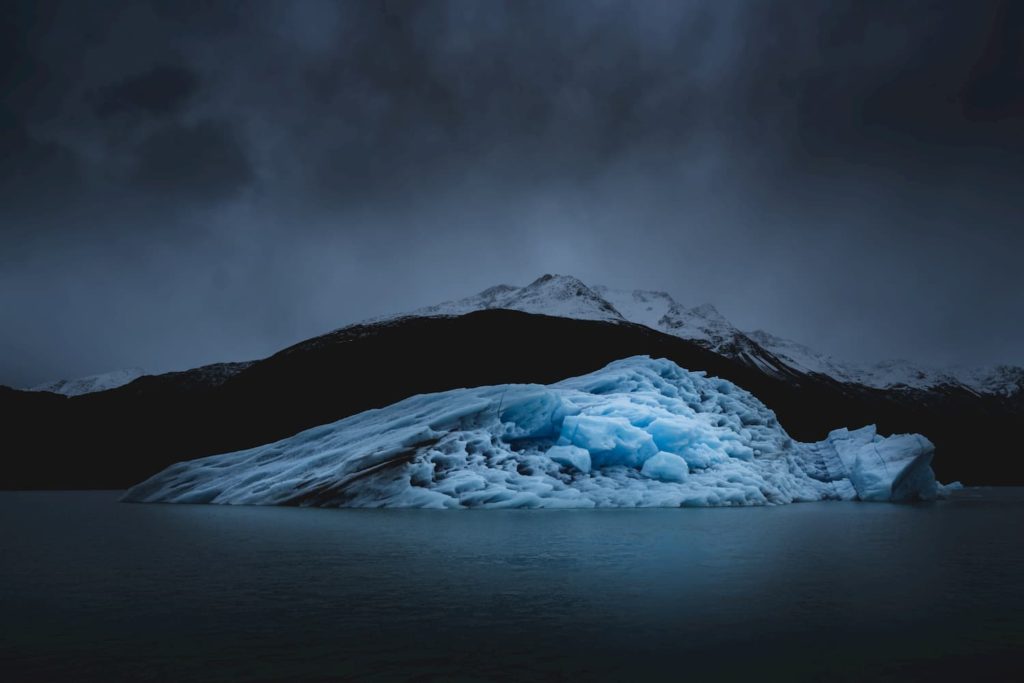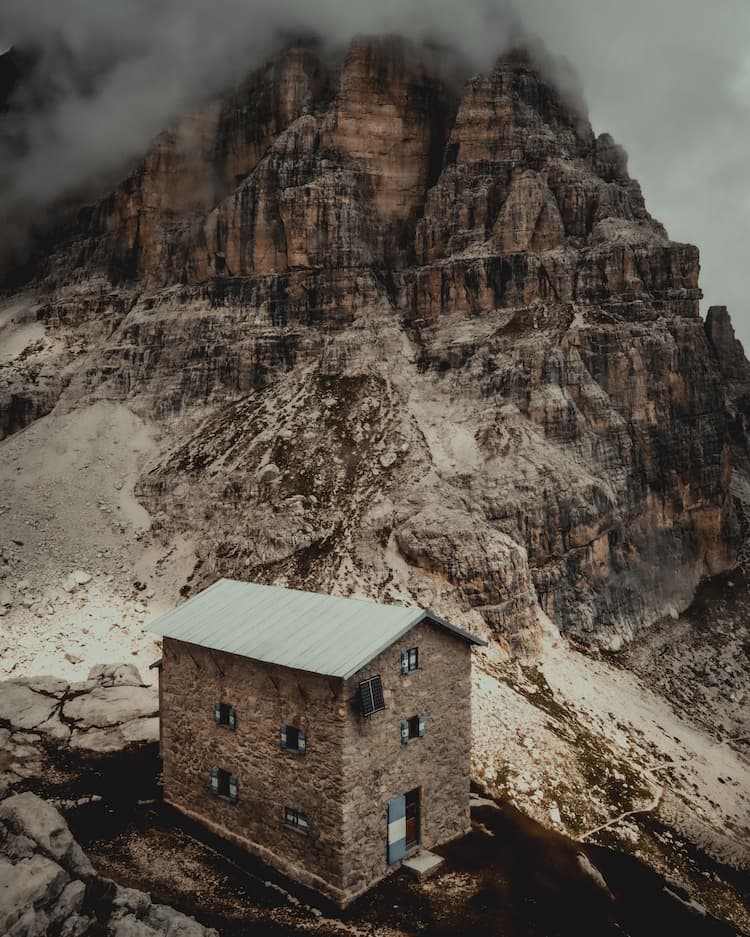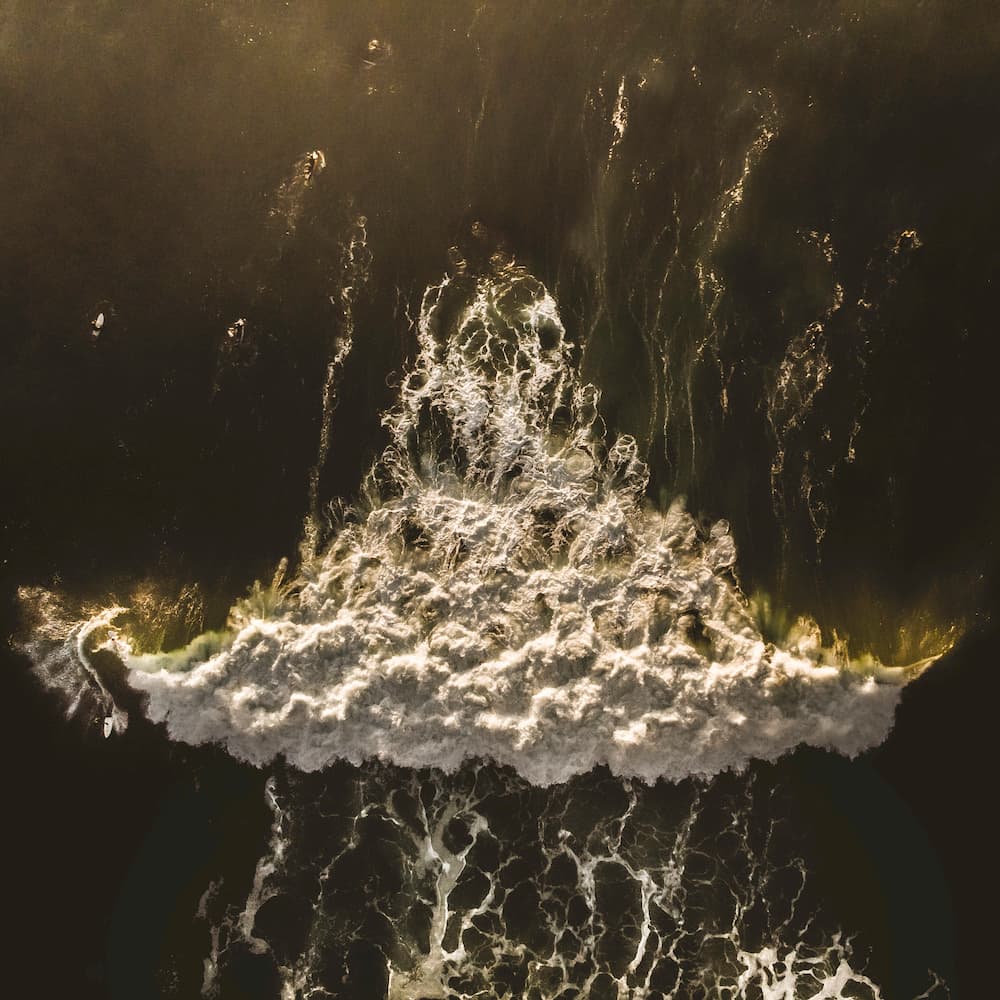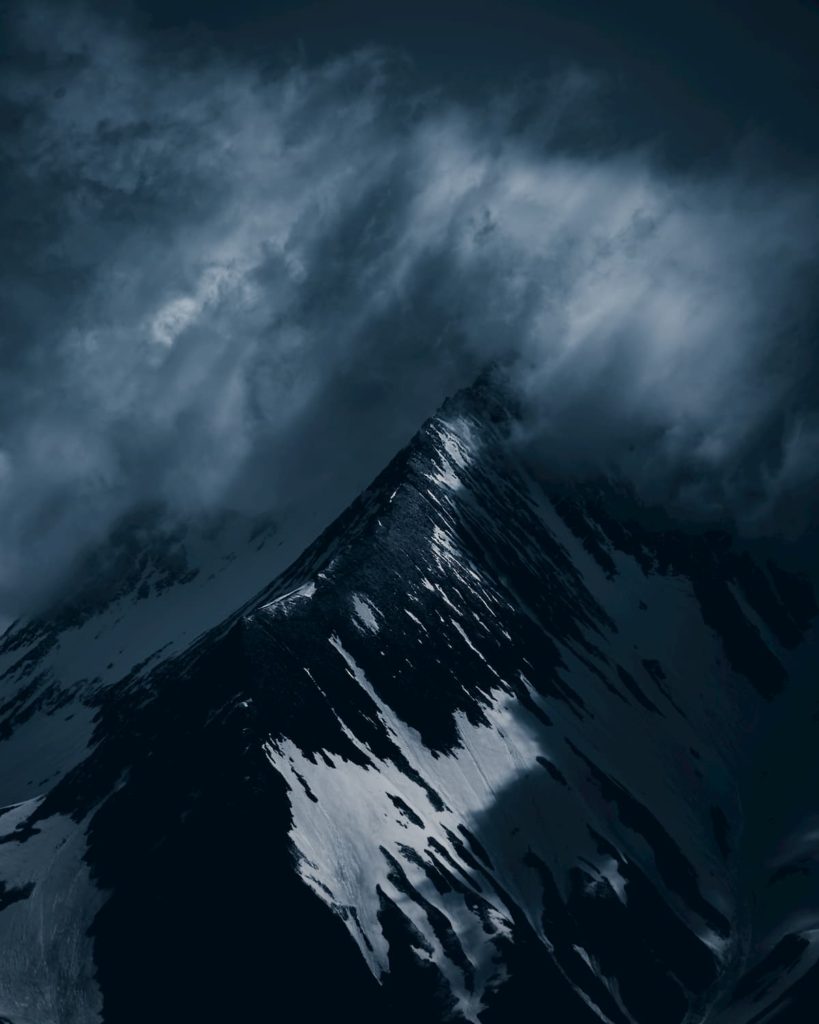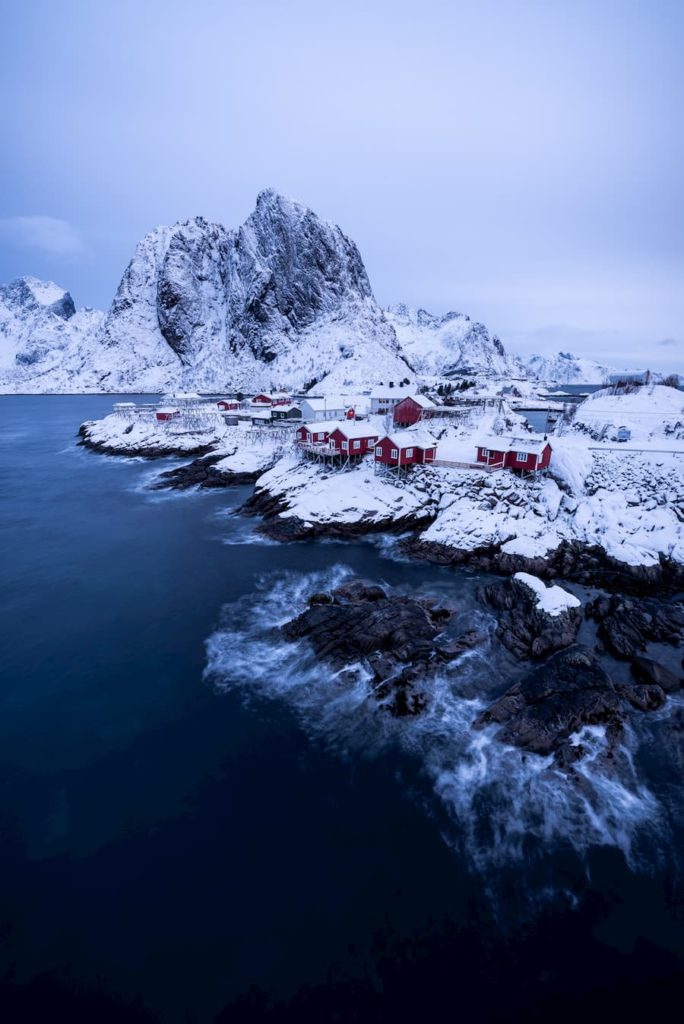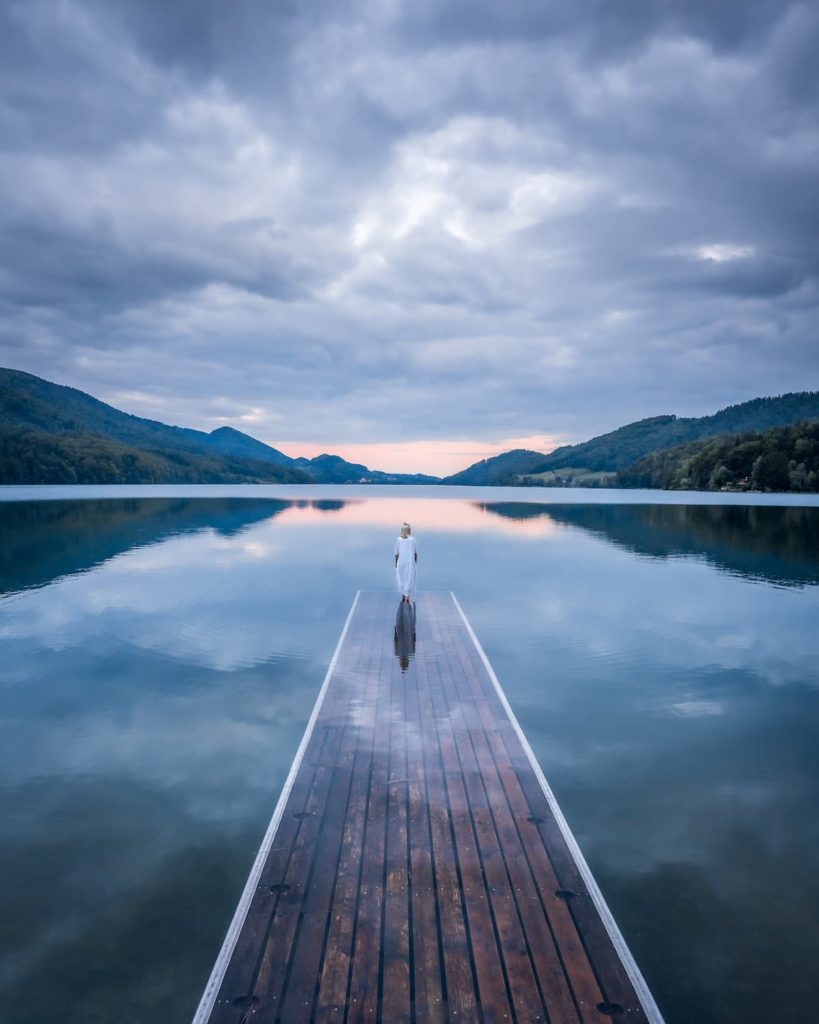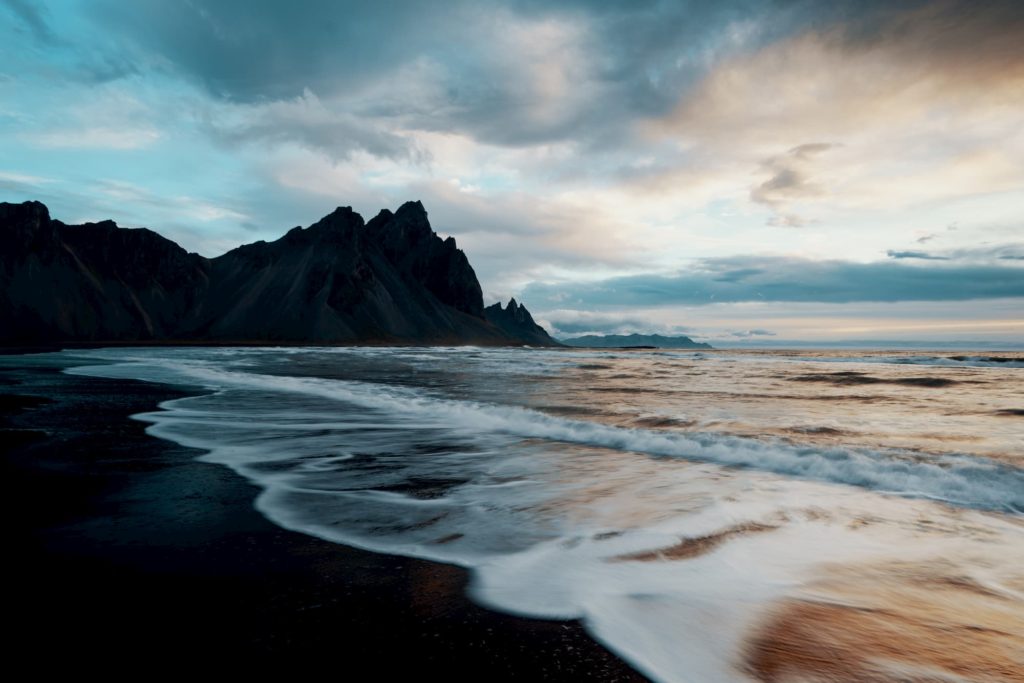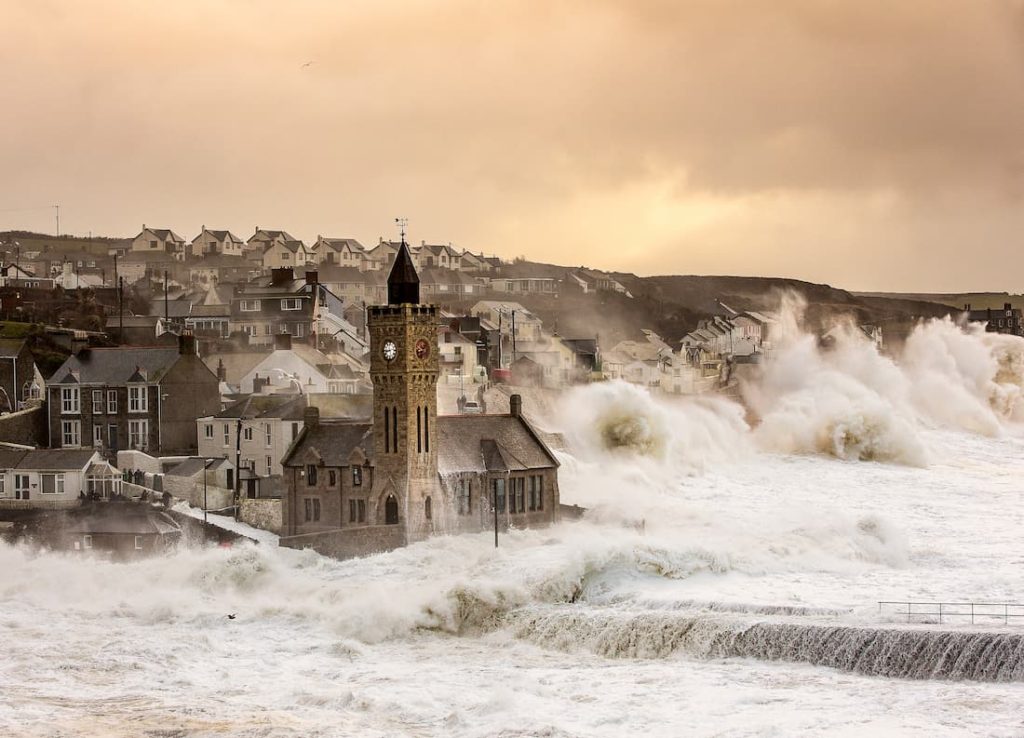
Mazarine Rinegg
@rinegg
Photographer based in Belgium
I had the opportunity to travel from a very young age. Congo, Kenya, Australia… Those were moments I felt so alive; I was young and enjoyed the experience as it came to me. But as I was growing up, I started to lose some memories because I was creating new ones. The only thing that could bring them back was the pictures my family took at the time. That’s when I became more and more aware of what photography was – Keeping memories alive.
When I was 17, I bought my first camera motivated by a student adventure in Los Angeles. As I finished school and didn’t really know what I was about to do with my life, I took some months to travel to Los Angeles and improve my English. I was with other foreign students, which made me quickly realize there was a big gap year between them and me. Not only culturally, but they were also much older, and even though I was invited to parties and so on, you cannot do much in America until the age of 21. I was feeling a bit alone, didn’t know how to pass the time, and at some point, I decided to explore the city of LA.
The intensity of the city, the warmth, and the inspiring vibes of this place suddenly overwhelmed me and I had to find a way to capture that for myself. So, I went to a camera shop, bought a Fujifilm (I didn’t even compare it with other cameras), and started to capture every little thing that caught my eyes before posting them on Tumblr (yeah, it’s been some years).
"I fell in love with photography, installed Instagram, saw how people manage to live from this craft, and decided that it was the right path for me."
What I love the most about art/photography is the way it can evolve when you need to or want to. You never get bored! First I started with portraits and weddings, then I did some street photography and now I am into travel photography. I’m always finding new ways to be creative and it pushes me out of my comfort zone. It is nice to find a job where you can really listen to your inner thoughts and feelings and adapt your way to work. You can always adjust according to your liking, following different styles, colors, subjects, and by this means, add a little bit of yourself to every shot.
Very often I am using the same preset that I made. I don’t necessarily recommend doing so, but for years now, my eyes have been more attracted to some specific colors and lights which I translated into a preset. Using presets is not necessarily a bad thing to use but when you’re starting, it is better to get to know about the editing process first and understand the effects of all the tools. Presets can be helpful when starting too, but only when a photographer that inspires you sells their preset and you’d like to learn from them. However, it’s not because of the preset that the picture will be as good as the photographer’s photos. A preset doesn’t fit on every photo and you have to adapt your editing to it.
"When applying my personal presets, I’m usually adjusting the heat or saturation and maybe the exposure."
As I’m always capturing similar colors and lights, my preset generally fits perfectly to my photos – but as I mentioned, that can be very different when buying a preset from someone else. I think what you can see in my pictures is that I’m into blue and orange tones but most of all, darkness! I rarely shoot during the day but when it’s golden hour and later, I’m running everywhere to capture all I can. I also love to play with light, mostly from the sun but when it’s nighttime, I always bring some lights to use them and create an ambiance. The ultimate goal is to have an image and no matter what the subject is, people would recognize it’s mine.
Along this process of positioning myself as an artist and finding my direction, what I have found to be difficult is the overwhelming number of artists that you see on social media. Sometimes it helps you grow because of all this creativity and inspiration coming your way, but it can also make you feel bad because you compare yourself in terms of numbers. For a long time, I was not happy with my work just because I didn’t have the number of followers someone younger than me had, or because I didn’t cover a specific continent other artists did have a presence. I overcame these struggles by focusing on the good part of social media and by giving more importance to what people actually told me about my work other than how many people were liking or engaging with my work. Also, being able to get gigs and earn money with my passion helped me to understand my value. This boosted my confidence and helped me in new projects.
At first, I put my work on some specific websites along with other photographers and waited for my first clients. This was the easiest as I’m really not good at selling myself. Now, however, I’m trying to be more active as I’m more confident about my work. I contact specific brands or organizations that could go well with my photography style and my philosophy. You’ll get a lot of rejections or no answer at all, but there will always be someone who believes in your work.
"To keep evolving, I recently started to learn about creating images with 3D."
I was inspired by a creator named @itskaiwan, who creates stunning scenes using Blender. What amazed me is the ability to create a full scene from scratches. With photography, I capture real things happening in front of me but with 3D, it goes beyond my imagination. I can just wake up and decide to create an image with some whales I dreamed about. My favorite 3D creation still has to be my first one though, the image with the sun and the boat. I was only doing 3D for 3-4 weeks and it was the first time I was really happy with my image. Still, I was very stressed about posting these new creations on my Instagram. Coming from taking pictures of my adventures to creating an image on my computer was not something I’ve ever imagined doing and perhaps my audience wouldn’t enjoy it. As soon as I posted it, people loved it. I’m amazed by the whole 3D world and also by the fact that it’s been here for a long time without me really being aware of it. I believe 3D is a big part of the future (NFT’s, Metaverse, Film productions, etc.)
CREATING IMAGES
IN 3D
I will see where this new endeavor brings me, however, I know that my passion for visual creation encourages me to explore many new places. Especially since 2020, when I decided it was time for me to enter the travel photography world after years of improving my skills with wedding photography portraits and events. I simply wanted to travel as much as possible. As I had seen and heard people converting vehicles into homes which I always thought was awesome, it immediately became a goal of mine to get a home on wheels too. I’m not really good with building stuff, hence I had someone else to build it for me. I knew I wasn’t gonna be full-time living in it so I didn’t need to get a big van and got instead a smaller one, newer and discreet. It was not easy at first to decide on what exactly I wanted to bring with me on the road but the most important for me was to be able to take all my gear and edit wherever I would park. Last summer I had my first travel gig with the van. Thanks to my solar panels and battery, I was able to edit pictures the same day! I think that’s a bonus for a client, to know that I can take their product and bring them to life by being on the road. It’s also nice in terms of connections and networking. I can be in another country and find a gig just because I’m able to be at the right place at the right time and deliver pictures on the spot.
The van also allows me to be at places I’d never have gotten to if I had stayed in hostels or any other kind of accommodation. For example, after 3 weeks roaming around Spain with the van, I wanted to go back home but unfortunately, I got stuck at the French border because of covid and had to stay in Spain for a full week. I found a spot in the heights, without anybody and as I was cooking meals in the cold, I heard some noise and saw big shadows coming towards me. I have to admit that I was pretty afraid but after several minutes, I saw that it was only horses passing by so I tried to capture them in their wildness and came back with beautiful images as if I was in an enchanted forest.
However, my very first trip with the van will always be the one that taught me the simplicity of life, or better said, how simple life can be. Waking up in front of a beach, going to the fresh market, taking pictures all day long, and going to bed with no worries on your mind. Perhaps the most important thing that I learned is that beauty is everywhere and even more in the opposite direction of where people are pointing at. Through experiences, I learned that my words are not good enough to describe the beauty my eyes see – and that’s why I have to visually capture it the way I do. But most important of all is to go on an adventure, get lost, and bring back memories!
Would you like content like this sent to your inbox?
NOMADICT
ART GALLERY
THE LATEST STORIES
WRITEN WITH PASSION TO INSPIRE YOU
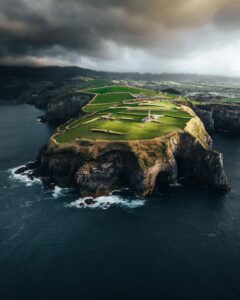
Photo tour in Azores, Portugal
Join us in the Azores for a unique photo tour, where you’ll elevate your creative skills with expert guidance from Ronald Soethje, Bruno Ázera, and Nomadict.
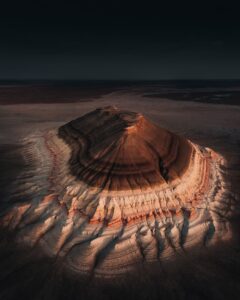
Forest Kai (@forest1kai): Photographer based in the US
In this article, Forest shares how years of chasing scale, silence, and raw landscapes shaped his approach to photography, from the deserts of Kazakhstan to the volcanic ridges of Iceland. He talks about how he uses light, texture, and vast negative space to create images that feel both intimate and overwhelming.
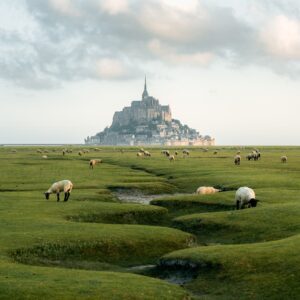
Simon Hechtbauer (@roamwithsimon): Best of the Week 32 at #nomadict
Simon shares the journey behind his photography, from early inspirations to field techniques, editing, and the story of the winning shot that shaped his path.

Miroslav Maršík (@miromarsik): Photographer based in Czech Republic
In this article, Miro shares how his love for cinematic music evolved into a deep passion for photography and how he uses light, color, and atmosphere to turn the streets of Prague into living film scenes.

Aurora photography panorama workflow: A guide to camera settings, editing, and color
In this article, Stefanie reveals how her background in physics sparked her passion for astrophotography and how she blends science with creativity to capture the beauty of the night sky. Readers will discover her approach to color, contrast, and editing, as well as her aurora photography workflow.

Yhabril (@yhabril): Best of the Week 33 at #nomadict
Spanish photographer Yhabril captures the profound connection between humans and the mountains that shaped him. Growing up in the Pyrenees, his work bridges outdoor sports, landscapes, and celestial scenes — often blending athletes, moonlight, and wilderness into striking visual stories.

Ariane Totzke (@besondersschwierig): Photographer based in Switzerland
In this article, Ariane shares how photography helped her navigate personal challenges, connect authentically with people and animals, and develop a philosophy rooted in empathy and artistic freedom. Readers will also discover her ethical approach to wildlife photography and her trusted equipment for both camouflage techniques and cameras.

How to photograph Dutch tulip fields: A guide to light, gear, composition, and colors
Discover how to photograph Dutch tulip fields in their most magical light. From choosing the right gear and lenses to mastering composition, color, and aerial perspectives, this guide shares creative techniques to capture the beauty of the Netherlands’ tulips. Learn how light, color grading, and proportion bring emotion into every frame.
